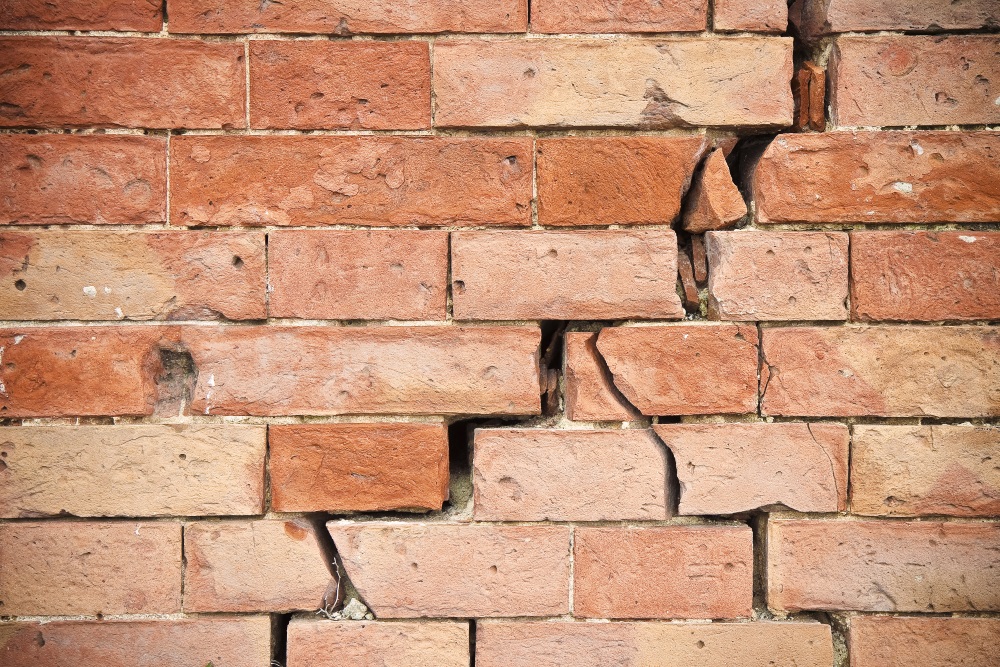#guideyouhome
When buying a property the tendency is always there to try and keep costs down. While there are areas you can cut back on, getting a surveyor in to have a look at your potential new home is always worthwhile.
Not only will a lot of mortgage lenders insist on it but it’s something worthwhile doing for yourself to ensure your dream home doesn’t turn into a nightmare purchase.
A place might look well but that doesn’t mean there aren’t structural issues, that dampness hasn’t been painted over or other problems covered up. Buying a home with hidden problems could cost you big in the long run so getting a surveyor in to take a look over it is a relatively small price to pay for peace of mind.
The Society of Chartered Suveyors’ Ireland (SCSI) has a grading system for residential property inspections. The inspections range in detail and subsequent cost.
There are three types of inspection with the level of inspection, detail of the report and fee increasing in increments. The SCSI has issued a guidance note to its members detailing the three survey types to be offered, the equipment they must use and the level and extent of inspection to be undertaken for each survey type.
- Type 1 surveys involve a very cursory “walk-through” inspection of the property and a short summary report. Attics would not be accessed and some elements of the property, such as planning issues and other such matters, would not be commented on. The report would be brief. This type of inspection is more suited to a recently constructed, speculatively-built house. The fact that many properties were constructed in the past without meaningful monitoring or supervision means that this type of inspection and report is not ideal. It may not fully protect the consumer in terms of the identification of potential defects, which could be found if a more thorough inspection were carried out.
- Type 2 surveys involve a thorough inspection. A surveyor is expected to follow a logical process which will identify relevant issues. Experience and expertise will be used to diagnose the cause of defects and advise on the correct remedial action required. For example, attic spaces will typically be entered to view the roof structure, insulation and fire stopping; manhole lids and drains will be opened; services installations will be inspected; alterations will be reviewed and planning matters and condition of boundaries will also typically be commented on. Most surveyor practices will have their own reporting style, but in general the reports should be detailed and can, in some cases, explore various options in terms of remedial work.
- Type 3 surveys involve a more thorough inspection again and typically will involve the raising of floorboards, the removal of access hatches on walls and the like. Heating systems would be switched on to view them in operation. Reporting will also be more detailed and fees will be significantly higher.
In all cases the purpose of the surveyor’s report is to clearly impart the findings of the inspection to you in layman’s language. This will help you to make an informed decision with regard to a property.







